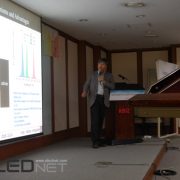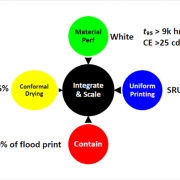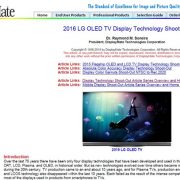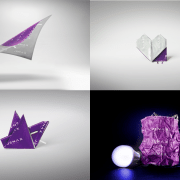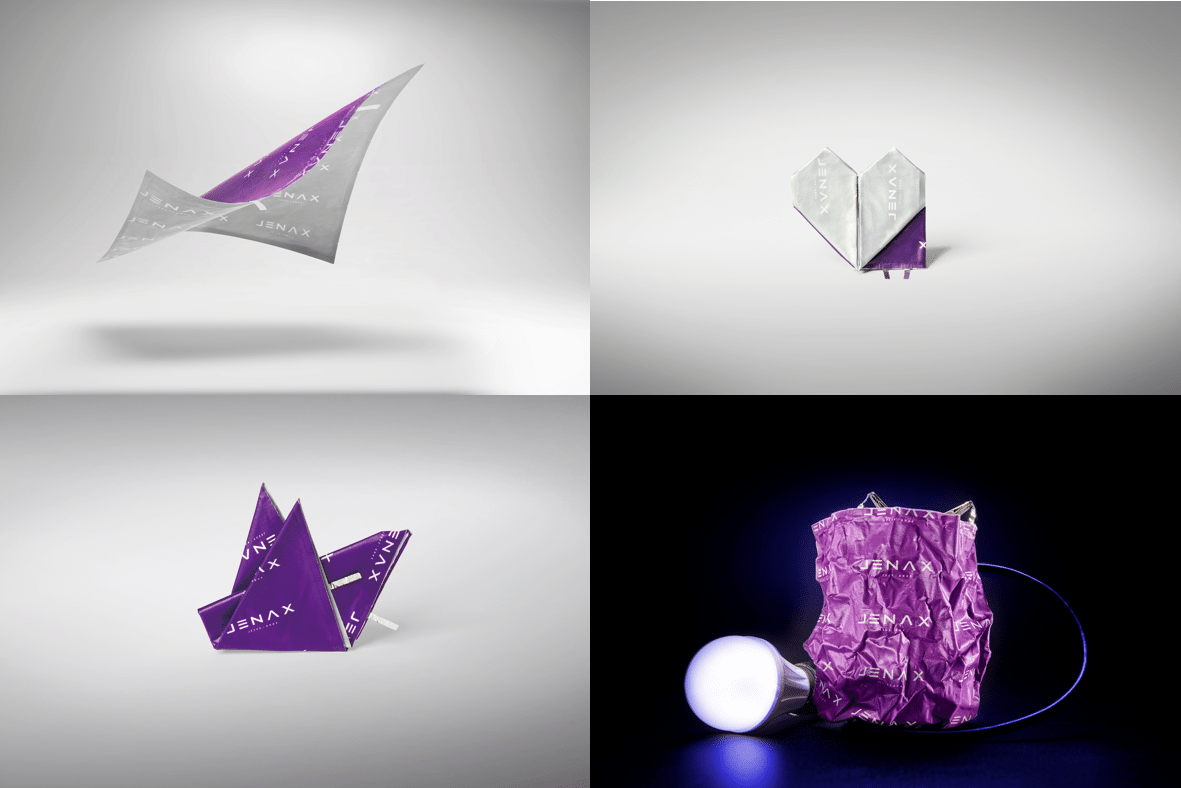OLED Daily Issue, April 25, 2019
▶ LGD’s performance is in the doldrums. This year, it will compete with high-value OLEDs. (ZDNet Korea)
(Full text of article: http://www.zdnet.co.kr/view/?no=20190424130827)
While LG Display is recording poor performance in first quarter of this year, it is going to strengthen its competitive edge in OLED display, which is its main business. Because it is expected that Chinese LCD will continue to make inroads into supplies this year, Samsung Display is planning to bring about results through high-value OLEDs that are highly profitable.
“It seems that large OLED business will take up more than 30% of TV business in 2016 through changes in customer and high-end position.” said Seo Dong-hee, chief financial officer of LG Display, during a conference call on the first quarter of 2019.
“Although some fixed expenses are also expected in second half of this year due to preparation of (Guangzhou OLED fab) production infrastructure as planned, we will increase profit contribution starting from 2020.” said a representative for LG Display.
■ It is difficult to rebound in second quarter performance…compete with high-value OLED in second half.
LG Display also expects that its second-quarter earnings will continue to worsen market conditions due to oversupply of LCDs and lack of IT products. Consensus of second quarter’s performance that F& Guide is estimating is $5.58 trillion (5.8181 trillion KRW) in sales and $16 billion (16 billion KRW) in operating loss.
However, it is expecting that it will produce results starting from second half of this year due to operation of OLED production lines that are located in Guangzhou, China, and release effects of transparent and automatic OLEDs.
“We believe that Guangzhou fab will operate successfully during first half of this year. “We are also preparing to apply MMG (Multi Model Glass, which is a method that is produced by combining 55-inch and 65-inch panels) to Guangzhou and Paju fab.” said a representative for LG Display.
Furthermore, transparent OLED products will be released in second half of this year and will expand additional demands. “We are currently working with variety of customers in commercial business.” said a representative for OTO, “Auto is already making more than 1 trillion won in sales through LCD. During this year, you will be able to see vehicles with plastic OLEDs. Although it is difficult to mention exact numbers, South Korea has received a large number of orders for displays for vehicles that employ POLEDs. We believe that orders will also gain considerable momentum when cars with POLED are successfully released this year,” he stressed.
▶ FineTec Receives Intent for Purchase of OLED Bonding Equipment from Chinese Firms(NEWSPIM)
(Full text of article: http://www.newspim.com/news/view/20190424000218)
While demands for OLED panels are increasing rapidly due to the resumption of investments in Chinese OLEDs this year, FineTec is trying to expand its supply of bonding equipment to Chinese display-specialized companies.
FineTec made an announcement on the 24th that it recently received orders from Chinese display company BOE for OLED composite bonding equipment and received LOI (Lent of Purchase of OLED bonding equipment) from CSOT.
FineTec is planning to supply CSOT with equipment dedicated to chips on plastic and COP-COF (chip on film) and other composite equipment that can be produced simultaneously. It is predicted that it will sign a contract with CSOT to supply bonding equipment after discussing detailed timing of supply.
In addition, FineTec, which is currently seeking to diversify its suppliers to China, is planning to strengthen its competitive edge in operation such as OLED composite bonding equipment for CSOT starting with this contract.
“Chinese OLED panel manufacturers are increasing their market share thanks to government support and Chinese Smartphone manufacturers’ promotion.” said a representative for this company. “FineTec is planning to focus on improving performance by securing orders from Chinese suppliers as China is actively seeking to increase its market share in OLED.”
It is also expected that FinTec’s combined bonding equipment will expand its competitive edge in markets in China. Although FinTec had about 10% of orders for bonding equipment that was placed in China three years ago, percentage of orders from Chinese display companies such as BOE and Visionox increased to 26% last year due to increased demands for composite equipment.
“We are currently converting variety of display panels from facilities that are targeted at specific types of panels from China and around the world into multi-functional equipment that can be produced at the same time.” said a representative for Samsung Electronics.

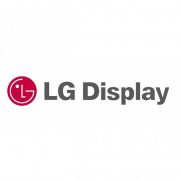



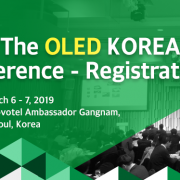
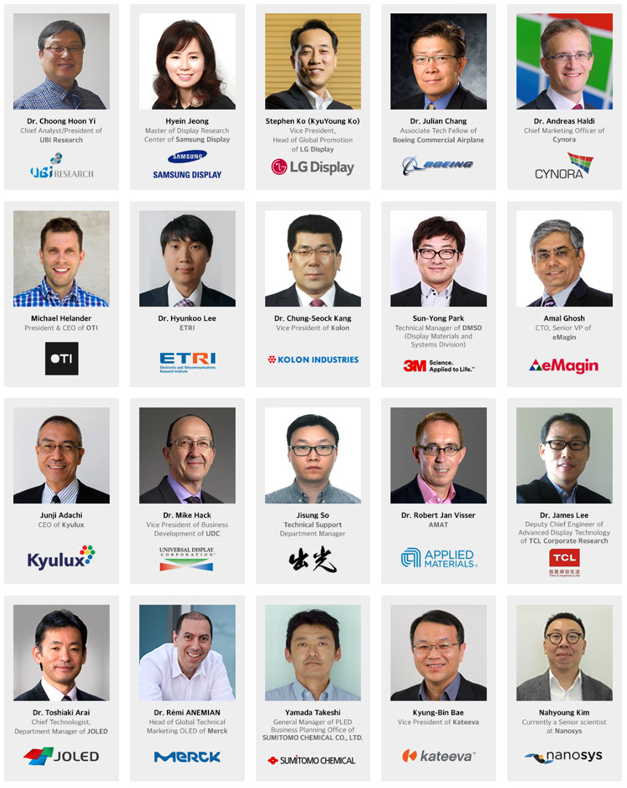

































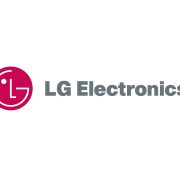
 The Consumer Technology Association (CTA)(TM) is recognizing LG Electronics (LG) for groundbreaking innovations in technology and design with 21 CES 2017 Innovation Awards – led by key awards for the ultra-premium LG SIGNATURE product portfolio.
The Consumer Technology Association (CTA)(TM) is recognizing LG Electronics (LG) for groundbreaking innovations in technology and design with 21 CES 2017 Innovation Awards – led by key awards for the ultra-premium LG SIGNATURE product portfolio.